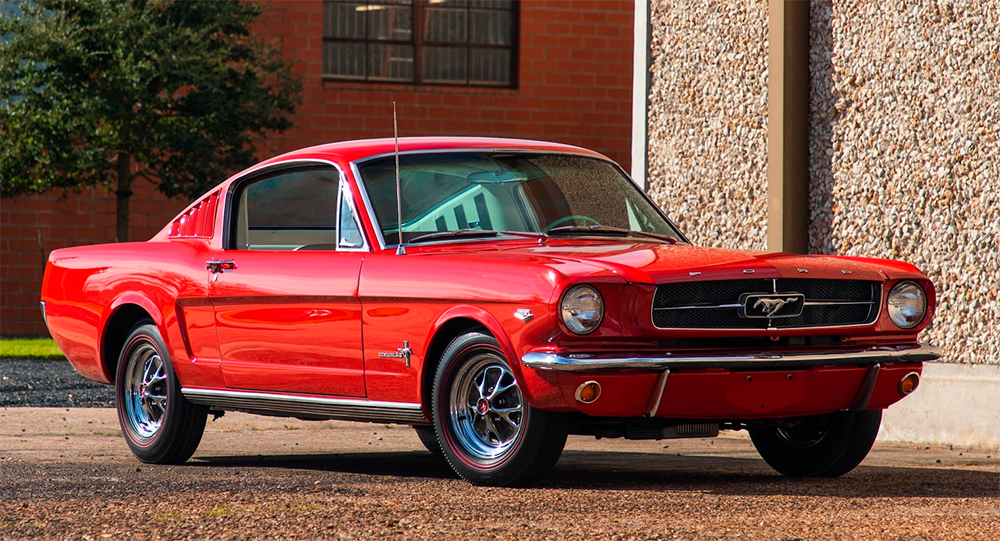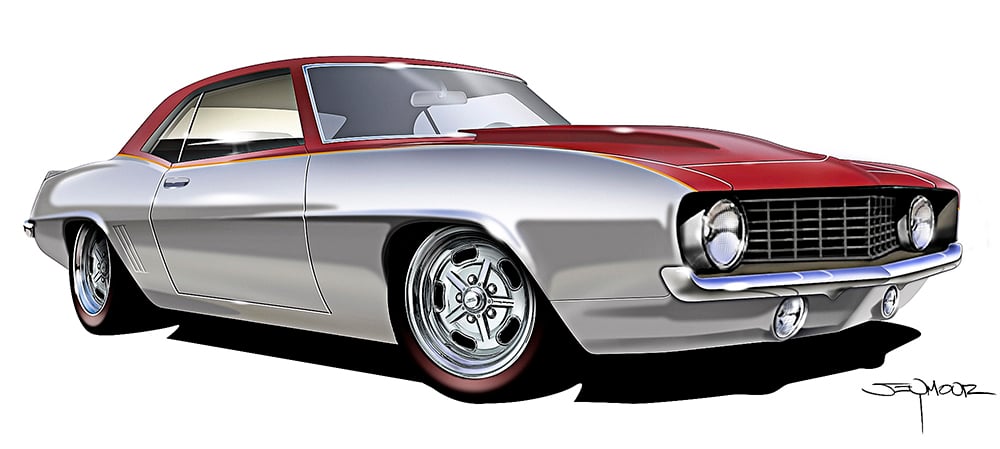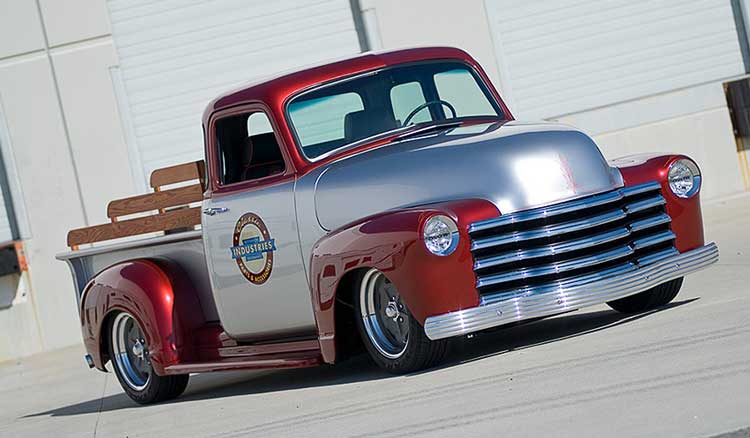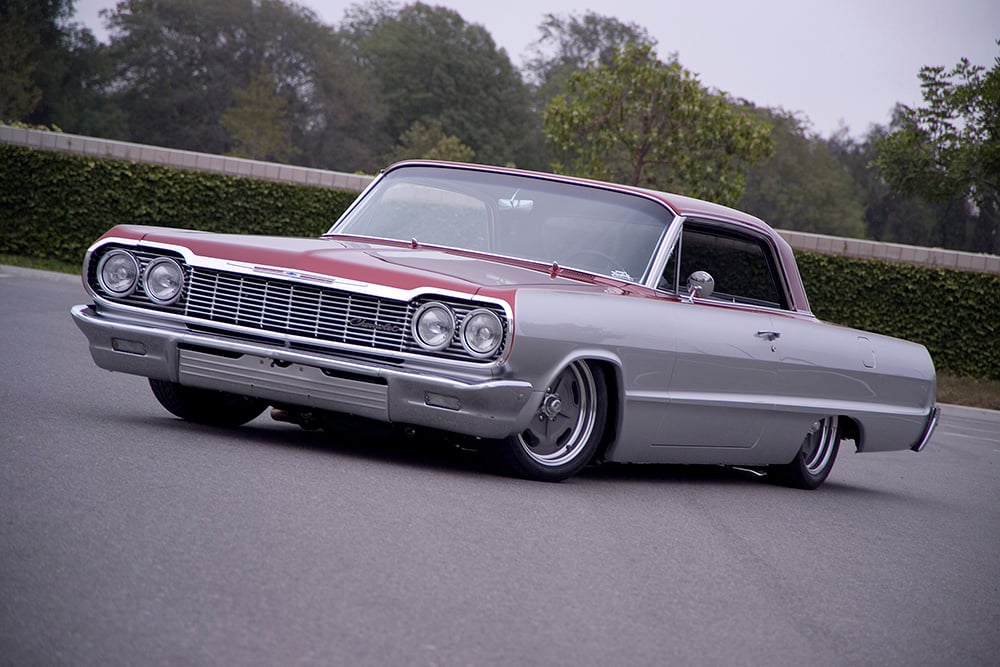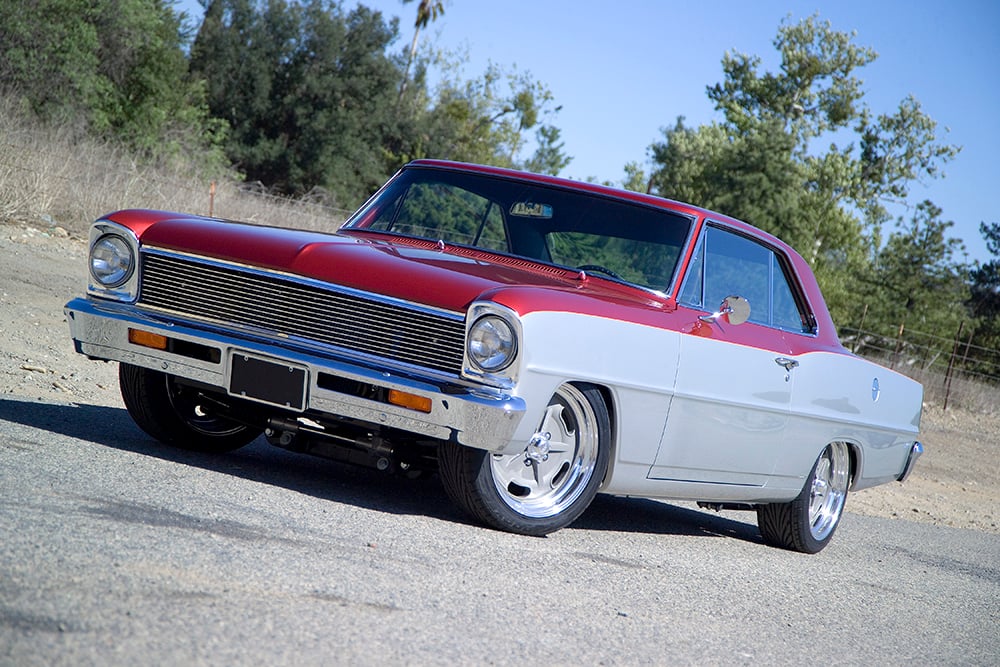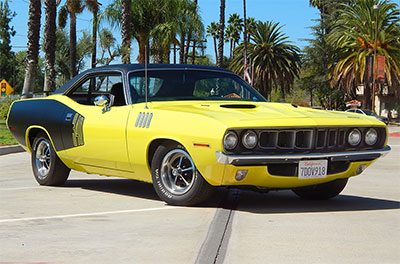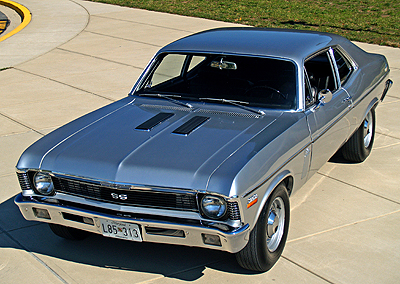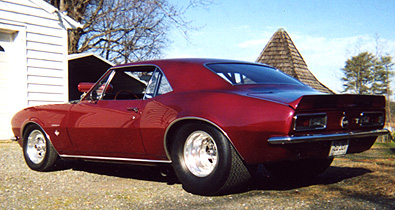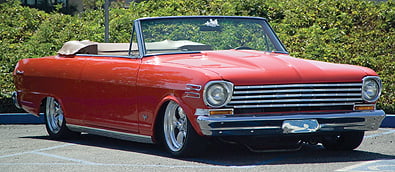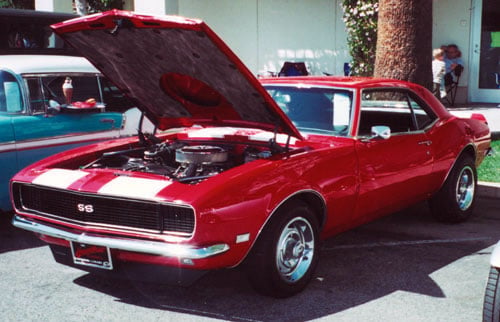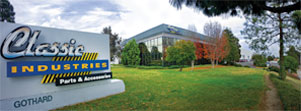Some automotive enthusiasts are very familiar with the history of the Ford Mustang and why it has sold so well for its entire existence, dating back to its premiere in April of 1964. But most people just view the Mustang as a sporty car with a clever name. There are perhaps a baker’s dozen reasons that the Mustang was such a resounding automotive triumph right out of the starting gate, and why it continues to be the frontrunner in the hearts and souls of millions of car gals and guys.



